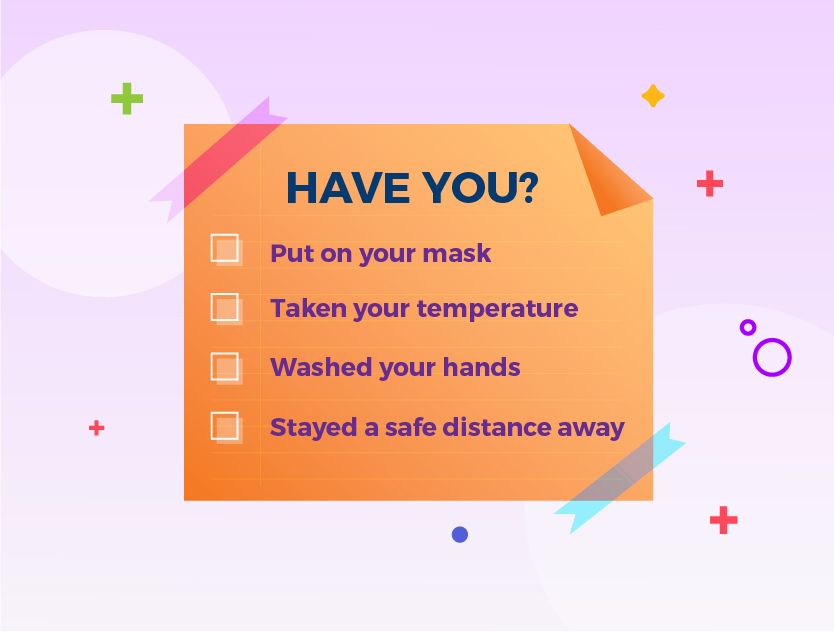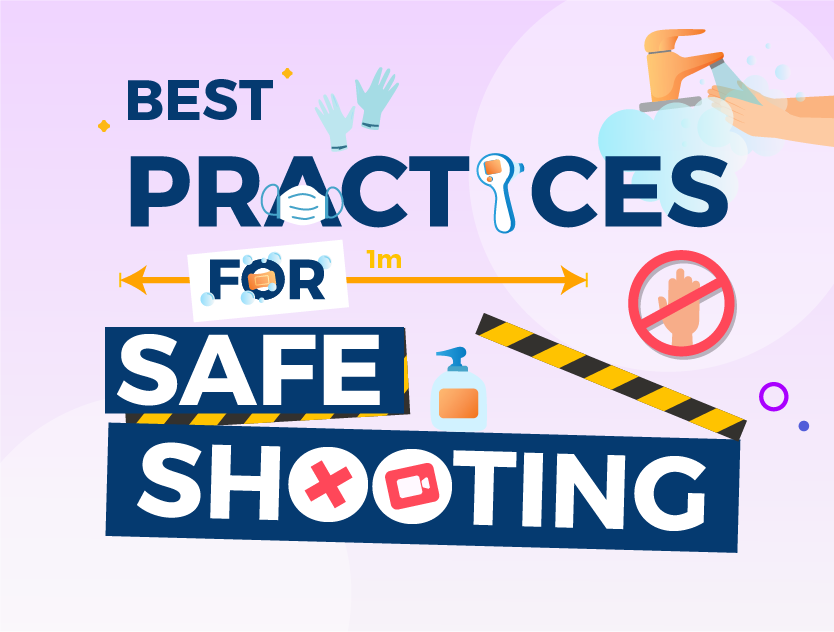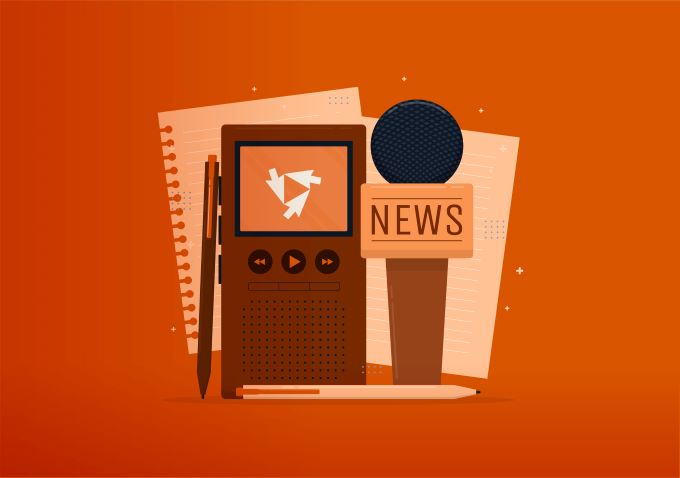

Safety first: How to shoot videos during COVID-19

With daylight in sight in terms of easing COVID-19 restrictions, production companies have been working hard on what constitutes a ‘safe shoot’.
COVID-19 may change the way on-location filming is done forever. It forces a look at who is actually necessary ‘on-location’ and surprisingly the director and client are chief among those who don’t need to be there.

Implementing new protocols
Live production is difficult — if not impossible — during a lock down. But production houses still need execute shoots — how do you do this while still being responsible and following government-mandated guidelines?

Assessing crew health
Executive Film Producer (APAC) Kep Bruinsma at MediaMonks shares the pre-shoot practices they have been using on recent ‘socially distanced’ shoots. This begins with a “pre-shoot health assessment with all the crew members” to make sure that everyone who has to be onsite is well, with no prior contact to any confirmed COVID-19 cases.
In this short interview, Kep Bruinsma talks about implementing safe shoots.
It doesn’t stop there. Even if you’ve already had them screened prior to the shoot, all crew members should be checked for symptoms before they’re allowed on set. This can include a temperature screening.
Flag anyone with a temperature, or showing signs of a cough or flu and send them home straightaway. Consider keeping a temperature log and make it a point to monitor everyone’s temperature twice a day.

Staying socially distanced
It goes without saying that everyone on set needs to comply with the same safe distancing rules as applies in the country of the shoot. In Singapore, it’s one metre but in places like the UK, it’s two.
Apart from spreading out, it’s also imperative that you keep the number of people who are going to be present onsite to a minimum; only essential crew who absolutely need to be there are present physically. That may include a gaffer, the director of photography (DOP) and a producer, but surprise — not even the director.
For MediaMonks, their director dials in via their remote shoot dashboard, along with the clients who are following the shoot remotely.
The brains over at MediaMonks developed their own video conferencing tools to manage these safe shoots and remote dial-ins. To keep up with the atmosphere of the shoot, they’ve also stream a live view behind the scenes that clients who dial-in remotely can see.
“We have those that are like CCTVs on the back end, on set — more for fun. Depending on how big the shoot is, we have one or two or three. So the clients really feel like they’re on set. They’re actually seeing more about what we shoot than they would usually,” Kep said.
Movement restrictions should also be implemented — tell everyone on set where they can and cannot go, so as to further reduce contact between the crew members.
But what happens if you’re in the business of remote location shooting that involves tribes and remote communities that are especially vulnerable to imported infections?

Ensuring safe remote locate shoots
Remote location producer Steven Ballantyne from EPM Asia has been working on guidelines for safe remote location shooting to give producers a pathway to restart production whilst protecting vulnerable communities.
“This has come up because a lot of our production partners, both in the US and the UK, have expressed concerns about returning to remote locations, particularly where we’re working with tribes or remote communities,” says Steven.
He’s also finding less people need to travel. One example is to use a local crew and livestream the ‘set’ to manage the shoot remotely
EPM has already restarted productions in China, where an app is in place to allow people to travel, predicated on a negative test within the last seven days.
For Steven, even prior to COVID-19, there was always a fear that the crew could be taking a virus into a relatively safe zone, which then could not be supported by the local health infrastructure.
“We’ve already started conversations with the immigration, for example, at Papua New Guinea. So we’re looking at what requirements they will need in order to support a film crew going in now,” says Steven. According to him, this might mean regular testing up to two months prior to travel, and then prior to actually going into the country.
Interested in learning more about remote shooting, hear what Steven Ballantyne has to say.

Adhering to strict onsite guidelines
Apart from complying with government-mandated COVID-19 regulations and ensuring the health of all crew members prior to the shoot, strict onsite guidelines are an absolute must.
Every person on set needs to be suited up with personal protective equipment, and that includes a mask and gloves that should be on at all times.
Crew members should carry their own bottle of hand sanitiser and use it frequently through the day. If possible, you can also make contactless hand sanitisers and disinfectant spray available throughout the workspace.
All equipment should also be cleaned and sterilised before and after use, such as with disinfectant wipes.

Reducing touch points
Manage your own gear. On top of just cleaning them, have only one person handle the same piece of equipment at any one time — no sharing! This is to cut down on potential surface transfer of germs. Should touching occur, sanitise the items (and your hands) right away.
One of the most risky points of contact is through the use of the lavalier microphone, especially when crew members are required to place them on the talent. Try to rely on audio from a boom mic instead. If a lavalier microphone is absolutely required, then it should be sanitised before the talent puts it on themselves.
Paper documents should also be eliminated as much as possible, so nothing has to be passed around on set. Let everyone access the production documents digitally on their own tech devices, like their phones or tablets.

Constant reminders
All these regulations are new, and may take some time to get used to. On a shoot where things can get quite busy, it is normal that some of these guidelines get overlooked as the day progresses.
The solution that MediaMonks has to this problem?
“We print out a set of rules and make sure they’re visible all around the shoots. We also have a safe shoot ambassador who makes sure that the crew follows those rules,” says Kep.

New technologies for a new workflow
Using technology to shoot remotely can also remove the need for physical travel, thereby reducing the possible transmission of the coronavirus, especially when it comes to working with tribal communities in far-flung locations.
In fact, managing shoots via the Internet is what EPM is currently doing. For Steven, the process is currently operated via online connections — WhatsApp, Zoom, messaging. “The whole production is now run virtually, so I won’t leave Hong Kong, but I still produce and direct with the team in China, via a producer in the UK, for example.”
A new future?
Being forced to manage a shoot remotely through a livestream may inadvertently open up a whole new realm of possibilities regarding video productions.
“Why not do a shoot in another country where it’s a little bit cheaper to produce and you can follow the whole shoot from your living room?” says Kep.
But for Steven, perhaps the most interesting thing when it comes to adapting to the new “normal” is the changing perception of roles.
“I think that what we’ve seen most of is actually growing in our roles, not just as a fixer or location producer, but actually taking on director roles, and working closely with our partners in the other countries using these live feeds,” he says.
This episode of the Content Show zooms in on safe shooting with insight from Kep Bruinsma and Steven Ballantyne. Watch it here now.

If you’re planning for a safe shoot, here are some practices to adopt:
Prior to the shoot:
- Ensure everyone who has to be onsite is well, with no prior contact to any confirmed COVID-19 cases
- If possible, ensure that everyone who has to be onsite is tested for the virus
During the shoot:
- Practice social distancing
- Keep the number of crew onsite to the absolute minimum
- Check crew members for symptoms before permitting them entry into the set
- Monitor the temperatures of all crew twice a day
- Always wear a mask and gloves
- Avoid sharing of video equipment and microphones
- Make contactless hand sanitisers and disinfectant spray available throughout the workspace
- Always clean and sterilise equipment before and after use
- Go paperless — distribute all production documents digitally
- Designate an onsite “risk officer” to ensure that everyone complies with the rules
Read more from Click2View
- What will the future of work (post-pandemic) look like?
- This is how you can run your content marketing well.
- Are you already doing webinars? 2020 is the year of the webinar.
Sign up to our newsletter for more.
Click2View is Southeast Asia’s premiere full-service independent B2B content marketing agency servicing clients like Microsoft, Google, Visa, Prudential, and the Lee Kuan Yew School of Public Policy.








